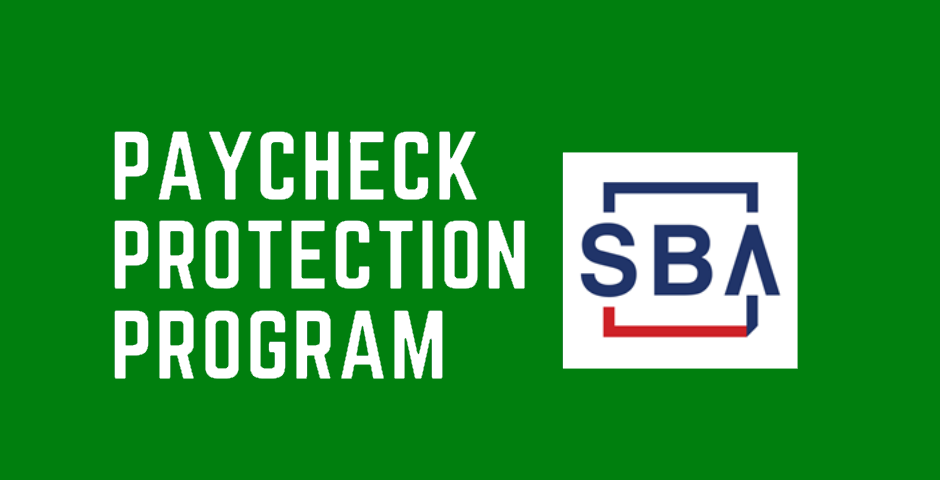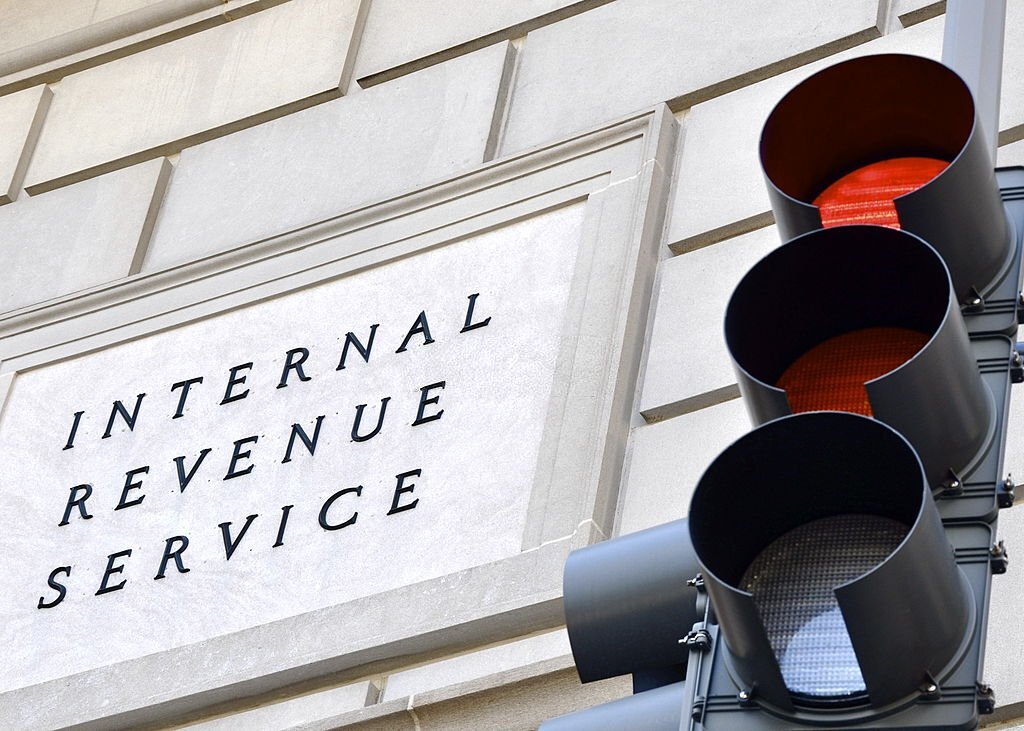The Coronavirus Aid, Relief, and Economic Security (CARES) Act established the Paycheck Protection Program (PPP) as an incentive for small businesses to retain employees during the COVID-19 pandemic. The program provides a low-interest loan to eligible small business owners, self-employed individuals, and other eligible businesses, including nonprofit organizations, and is meant to cover payroll, mortgage interest, rent, and utilities over an eight-week period.
The maximum loan amount is 2.5 times the average monthly payroll from the previous calendar year and is capped at $10 million per business. The application period began on April 3, 2020, and runs through the earlier of June 30, 2020, or when all the funds have been committed. The loan carries a maturity of two years and a 1% interest rate.
- Loan forgiveness
A PPP loan may be forgiven, in whole or in part, if all employees are kept on the payroll for eight weeks. Clients apply for forgiveness from the lender eight weeks after loan disbursement, and the lender is responsible for determining eligibility. You don’t have to use all proceeds in the eight-week period, but it won’t be forgiven for any funds that are spent afterwards. Loan forgiveness is limited to the loan principal plus accrued interest. For tax purposes, forgiven loan amounts are excluded from gross income and associated expenses are not deductible.
The following expenses are included in loan forgiveness and the non-payroll items are capped at 25% of the loan proceeds:
- Payroll costs
- Mortgage interest payments (for buildings purchased before Feb. 15, 2020)
- Rent payments (for leases dated before Feb. 15, 2020)
- Utility payments (electricity, gas, water, transportation, phone, and internet for agreements dated before Feb. 15, 2020)
- Additional wages paid to tipped employees
Qualifying payroll costs include employee compensation in the form of salaries, wages, tips, commissions, employee benefits, health insurance premiums, retirement benefits, and state and local taxes assessed on compensation. However, you need to exclude Social Security and Medicare taxes.
- Reduction in salary/wages and headcount
Your clients’ allowable forgiveness is reduced if there is a decrease during the eight-week period of more than 25% of the total salary or wages for any employee, compared to the most recent full quarter they were employed before you received the PPP loan. Don’t count any employee who had salary or wages higher than $100,000 in 2019.
Your clients’ allowable forgiveness is reduced for any decrease in the number of full-time equivalent (FTE) employees by comparing the average number of monthly FTE employees employed during the eight-week period after they receive your loan with either a) the average monthly FTE level for Feb. 15 through June 30, 2019, or b) Jan. 1 through Feb. 29, 2020.
However, you won’t be penalized for any reduction occurring between Feb. 15, 2020, through April 26, 2020, if the reduction is eliminated by June 30, 2020.
- Recordkeeping
Determining how you use the loan proceeds is important because all or a portion of the loan is forgivable, and the remaining balance needs to be repaid over a two-year period at a 1% interest rate. We’re still awaiting final guidelines on forgiveness from the U.S. Treasury and Small Business Administration.
Records your clients need to maintain:
Number of employees on the payroll, employee pay rates and salary levels, payroll tax filings, and payroll costs paid in the eight weeks after loan disbursement. Your clients will be asked to compare the average number of monthly FTE employees they employ during the eight-week period after they receive their loan with either a) the average monthly FTE level for Feb. 15 through June 30, 2019, or b) Jan. 1 through Feb. 29, 2020.
- Mortgage interest payments in the eight weeks after loan disbursement.
- Rent or lease payments in the eight weeks after disbursement.
- Utility payments in the eight weeks after disbursement.
- Any advance received from an Economic Injury Disaster Loan (EIDL).
Tracking expenses
All of these expenses must be paid within eight weeks from the date the funds hit your clients’ bank to qualify for forgiveness. At the end of those eight weeks, your client can apply for PPP loan forgiveness with their lender. It will be helpful to track this information on spreadsheets or through QuickBooks. Here are some tips if your clients use QuickBooks and its tracking features:
- Create the PPP loan as a long-term liability account.
- Create a bank deposit or use a bank feed.
- Categorize any PPP-related expenses (and consider using PPP tags, notes, projects, and classes for optimal tracking).
- Break out your payroll expenses to account for the following, and possibly export to a spreadsheet if you don’t want to make permanent changes to your chart of accounts:
- 75% threshold
- Exclusion of federal taxes paid
- Exclusion of salaries above the $100,000 annual cap ($8.333.33 per month)
- Run reports because you’ll apply for loan forgiveness at the end of the eight-week period:
- Create a profit and loss statement for the eight-week period by using tags or classes, or by filtering on any relevant expense categories.
- If you use QuickBooks Payroll, you can run a payroll tax and wage summary, exclude federal tax payments, and export it to a spreadsheet.
Practitioner insights
- Keeping accurate records is vital if your clients receive a PPP loan and subsequently apply for forgiveness. Encourage your clients to keep all PPP funds in a separate account.
- Be aware of the timing requirements associated with PPP loan forgiveness and help ensure our clients’ actions, recordkeeping and tracking comply with them.
- Communicating with your clients is key: Be proactive and make sure they understand the requirements!
You already play a key role in advising your clients on their taxes, so spend the extra time to advise on how to keep track of their PPP loans. Spending time on the front end setting up the recordkeeping and processes will save a lot of time in the long term.
=========
Mike D’Avolio is Senior Tax Analyst at Intuit.
Thanks for reading CPA Practice Advisor!
Subscribe Already registered? Log In
Need more information? Read the FAQs
Tags: Accounting, Benefits, Income Tax, Taxes




